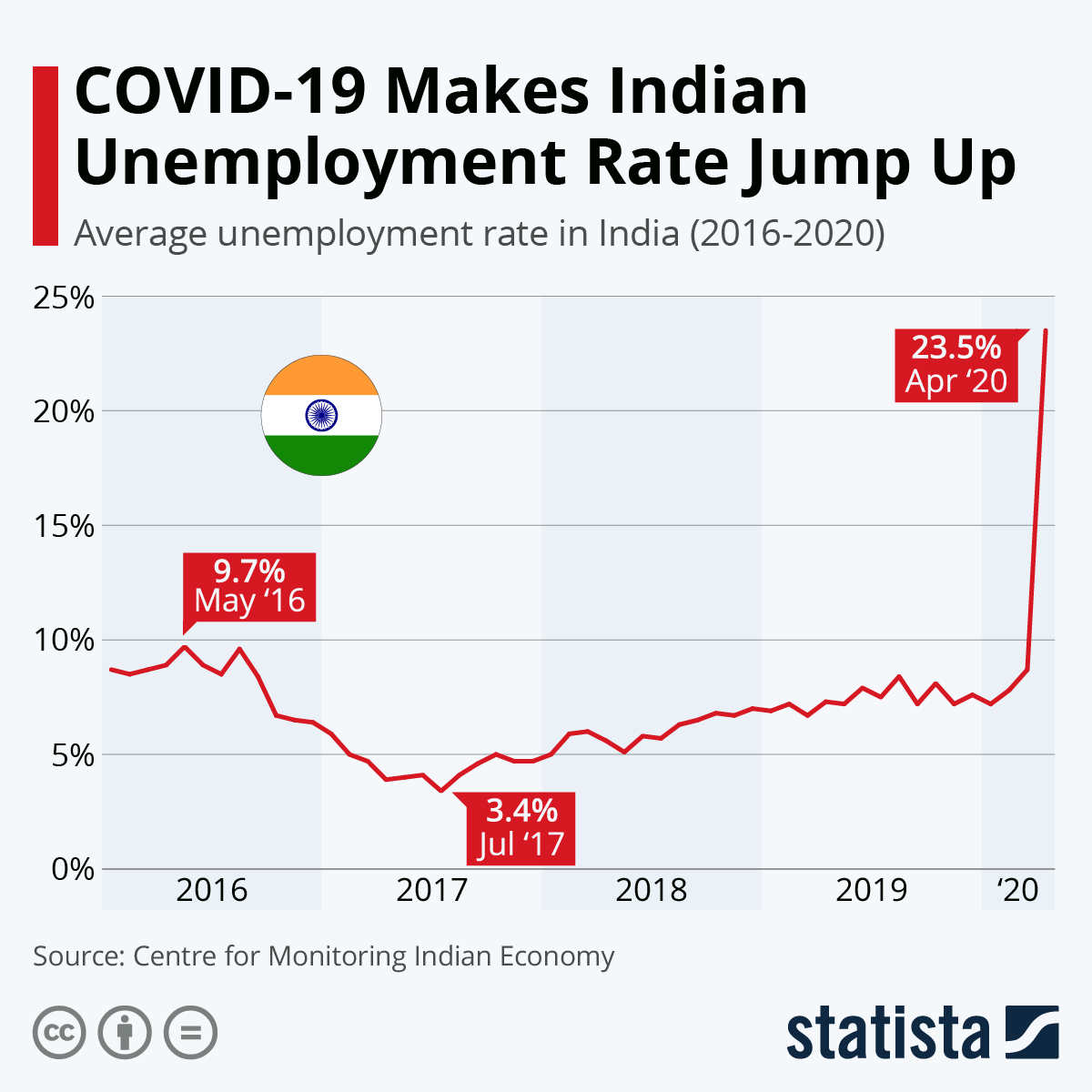900 319 0030
enquiry@shankarias.in
What is the issue?
What is the current overall employment scenario?

What is the impact on disadvantaged sections?
What does the CMIE data suggest?
A comparison of April 2020 (post-lockdown) with November-December 2019 (pre-lockdown) employment status reveals certain trends.
How vulnerable are women?
Source: Indian Express